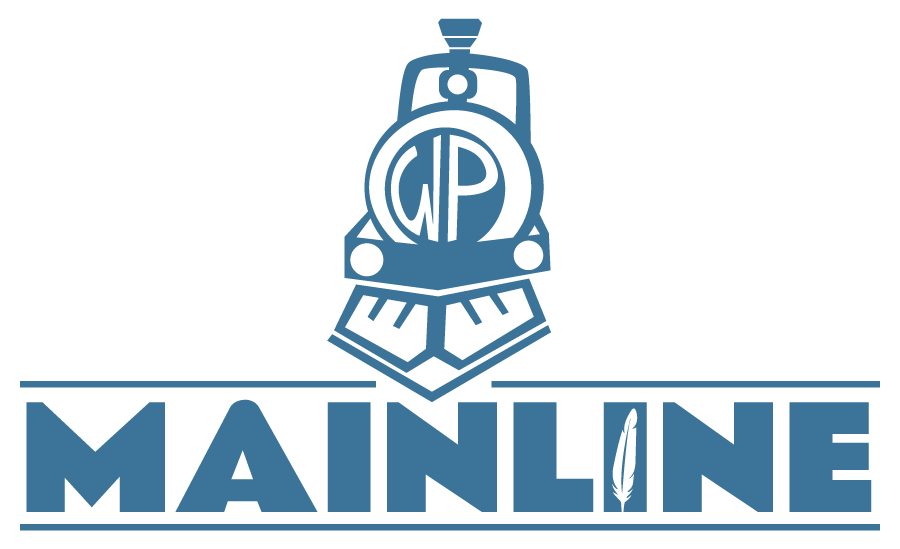Matt Mullenweg recently appeared on the What’s Your Problem? podcast hosted by Jacob Goldstein. In this episode, Mullenweg provides insight into why he is such a big believer in open source, what’s going on at Tumblr, and shares some of the lessons he’s learned over the last seventeen years that people may be trying to learn now when it comes to running a distributed company. Here are some of my takeaways from the episode.
- Automattic is around the 2,000-employee mark and within five years, Mullenweg hopes to be working on the problem of scaling the company to 10,000 employees.
- Tumblr’s age demographic is people between the age of 13-24 years old. Tumblr is much different than WordPress.com and is a social network that’s managed to be an alternative destination which may explain the Tumblr Blaze campaign earlier this year.
- Mullenweg encouraged people to challenge the status quo to see if there is a way to accomplish the same task but in a smarter, more efficient way. Just because something has been done a certain way for a long period of time does not mean it has to be that way forever.
- Mullenweg says Automattic is currently in a multi-year process of rebuilding Tumblr where it will become open-source. He mentions the possibility of users being able to create and choose their own algorithms that decide which content they see.
- Mullenweg wants to be a beneficial ancestor to not only the web but to the human race through open source.
There was also an important topic that was briefly discussed but is one of the elephants in the room when it comes to open source software and that’s the free rider problem. Mullenweg believes one of the most difficult problems to solve in open source is how to close the loop between people using and contributing to the software.
For example, you can get WordPress from any number of web hosting companies but those companies may not put funds or time back into developing the core, thus over time, causing the core software to die. He also framed the problem in another way.
“The companies who are only motivated by profits could out-compete the companies that also contribute back resources to the project. For example, taking some of the profits from selling WordPress and investing in advertising such as Google Ads or Superbowl commercials instead of investing back into the project,” Mullenweg said.
Web hosting companies are at the top of the food chain in the WordPress ecosystem. Without them, people wouldn’t be able to host their sites. And while Mullenweg admits that companies that sell WordPress purely with for-profit motives are not doing anything illegal according to the software’s license, companies that take too much and crush their competitors is not a long-term viable strategy for the WordPress project. This leads to a couple of questions.
- Is there an exact amount of money or time that a for-profit company should give back to WordPress?
- Who decides if a company is giving back too little or too much?
- If a company makes millions of dollars or more in profit a year relying on WordPress and only a fraction of that goes back into the free software that’s enabling that to occur, how is that sustainable not only for the free open source software but for the company’s long-term growth or viability?
I don’t know the answers to these questions but I do know that the foundational issue of companies parasitically taking from the WordPress project without giving back is a real threat to WordPress and the millions of lives that depend on it. I highly encourage you to listen to the 34-minute episode and let me know your thoughts on it.

